- 24/7 Service
-
Water
-
Fire
-
Mold
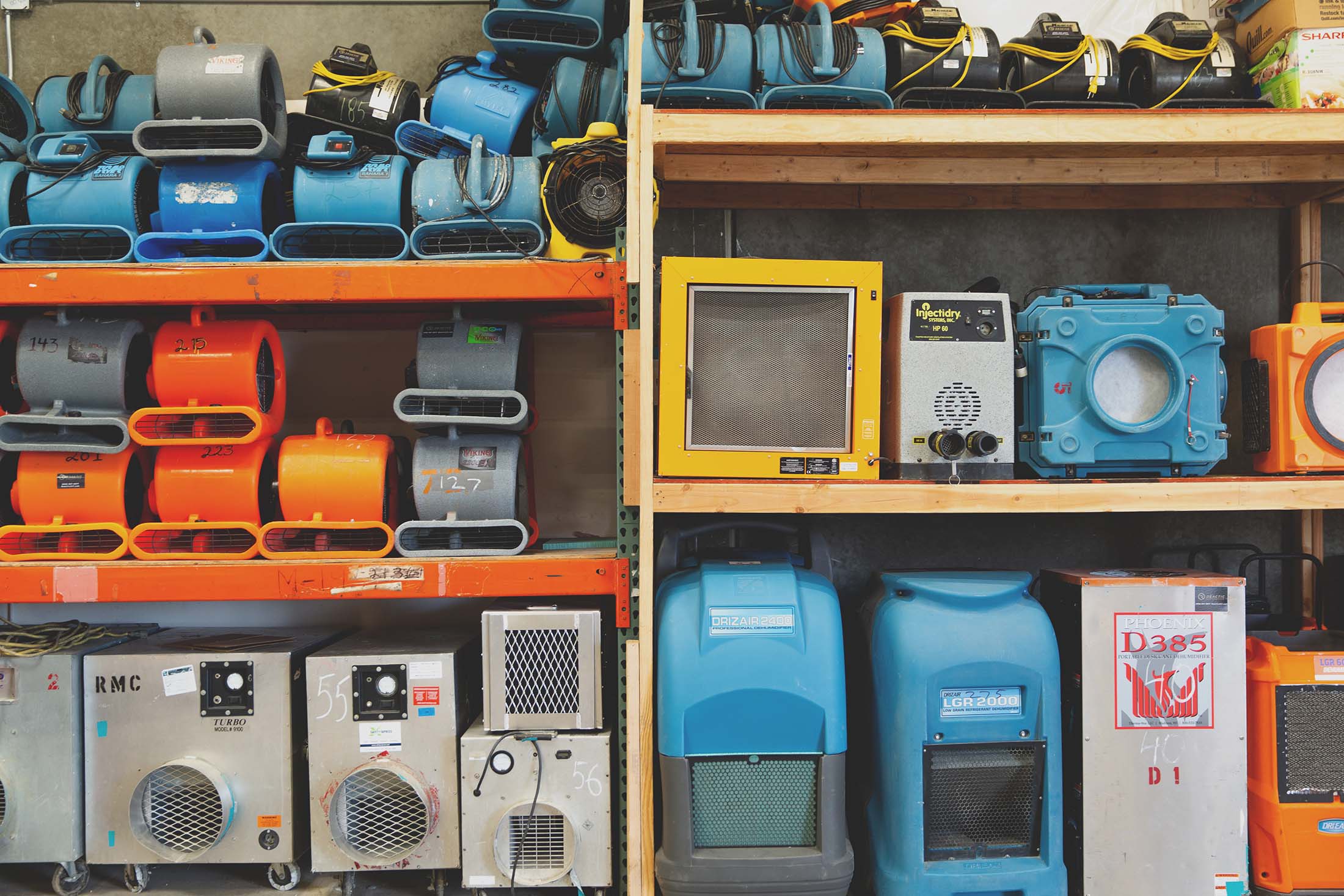
24/7 Emergency Services
Highly Trained Technicians
Water damage can significantly impact the different areas of the home. Not to mention, it is quite detrimental to items and objects in the house, including your hardwood floors. Floors made out of this material can be damaged once they come in contact with water, which might sink it into disrepair. Nevertheless, they can be saved with the right solutions. However, before diving into the solutions, it is essential to understand the levels of water damage first.
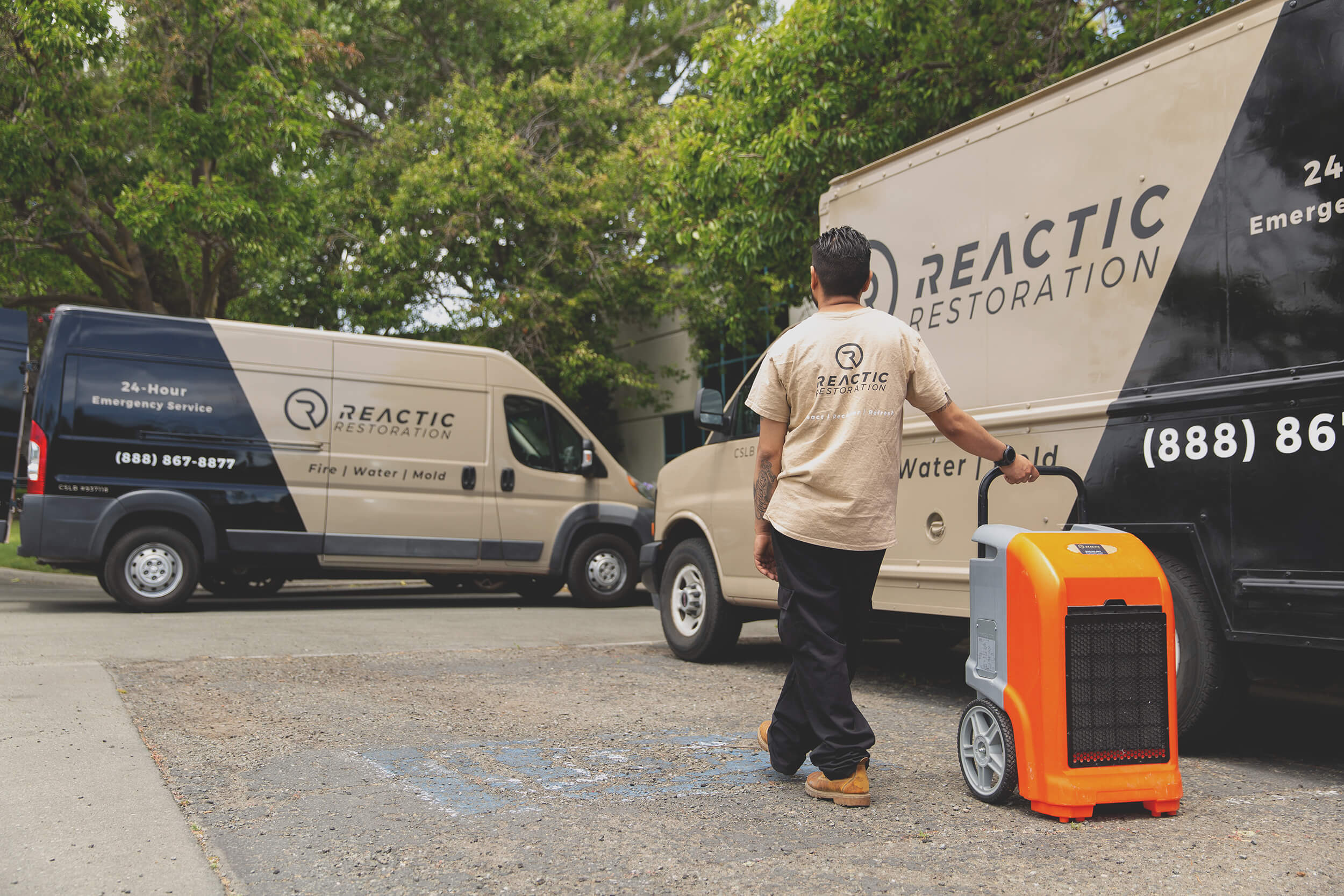
Water damage with these types of accidents often ensues health risks that are not critical yet in need of immediate response in less than 48 hours. In some cases, it may even cause major headaches, which can exacerbate the situation if left unattended. After 48 hours, there is a high risk of exposure to various contaminants, which can level up the damage by a notch.
This level of water damage often causes the emergence of greywater, which comes from equipment discharges and chemical wastes like detergent, soap, and laundry. This, in return, gives rise to mild to severe risks of contamination. This is because greywater often produces microbial growth, where the condition’s severity can escalate within a particular timeline. Direct and indirect exposure to this fluid can significantly impact residents’ health and properties.
Water from the sewers or those that contain grease, urine, oil, and other substances belong to the category of black water. This type of water holds various types of bacteria, viruses, and other toxic allergens, which is contagious to anyone who comes in contact with it. More than 90% of the vulnerability of acquiring infection or illness is from direct and indirect contact to black water.
How can you save your hardwood floor from any of these damages?
As with medication, the time it takes to take action to deal with a particular accident is essential to the chances of possibly saving something. Water damage can be significantly decreased depending on how fast you respond to the problem at hand. According to experts, molds in the water can grow in just over 24 to 48 hours on almost all organic objects in the house, given that they have a particular level of moisture of at least 16% or higher.
When it comes to damage caused by water on your hardwood floor, it is essential that you consider the essence of time, as the moisture, the temperature, and even the layer of dust under the wet wooden floor can produce an ideal environment for the production of fungi, along with a wide variety of other problems.
The proper drying of a hardwood floor to save it from damage is dependent on its type. You have to get to know its makeup before deciding what to do with it. With that said, the following are the most common types of hardwood floors:
Determining whether the wood floor is salvageable after the water damage had occurred, is depends upon the way it was installed, construct, and the surface below it.
Strip and plank wood types are normally installed with no padding or vapor barrier under, therefore more likely to be saved, using the proper equipment and machinery.
On the other hand, laminated and engineered wood, although it may be common among homes, is not considered a type of hardwood flooring, and requires different types of installation which include another layer. Hence, Moisture will be trapped in between. This type of flooring should be replaced in the case of a flood because of its incompatibility with moisture leading to irreparable damages.
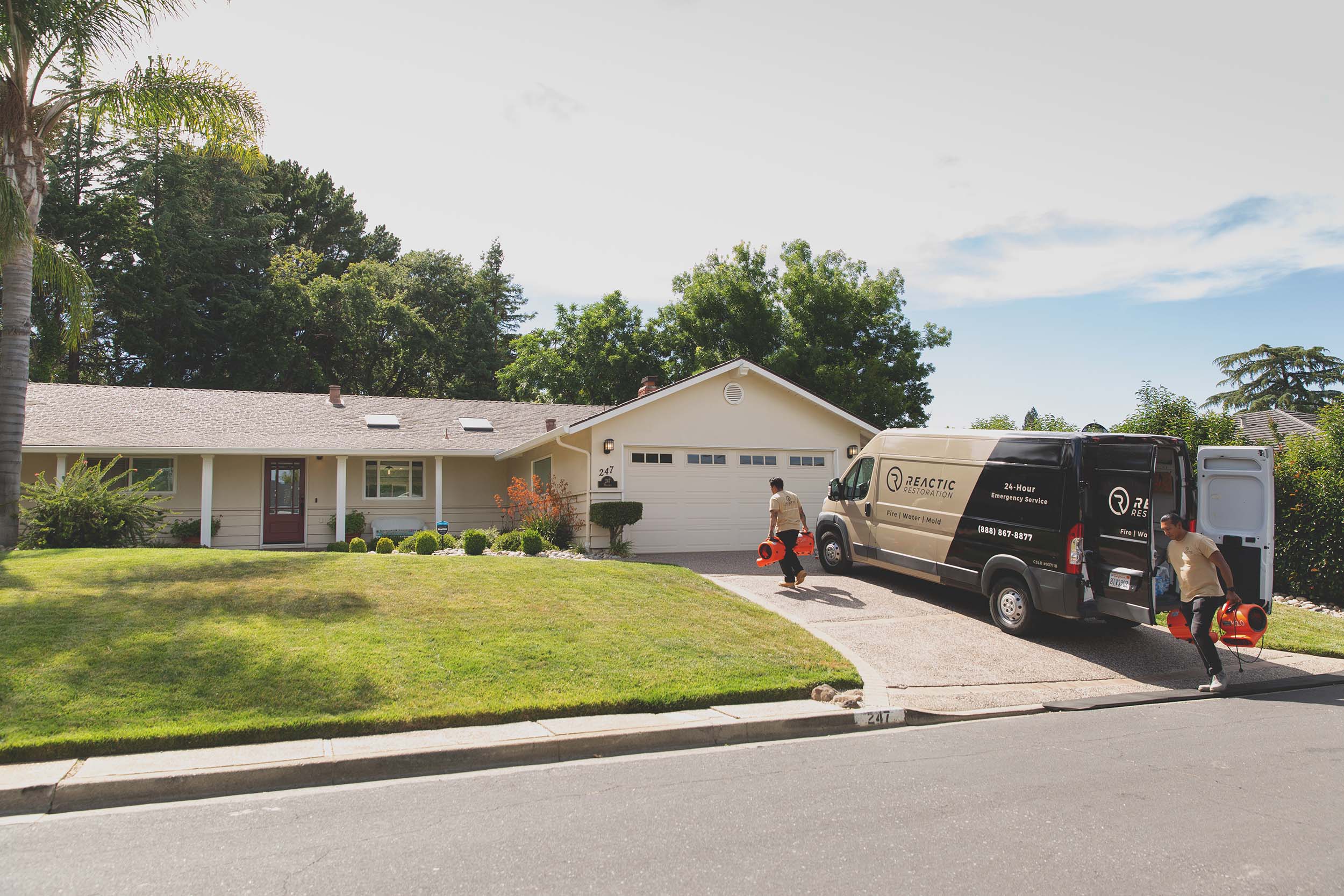
For efficiency, you can use a water vacuum cleaner to get rid of the flooded water as much as you can. Use the “wet mode” in this type of vacuum for circumstances like this. However, if there isn’t much water present, then a mop may suffice.
You can use a mild detergent with a disinfectant that goes well with the mixture with clean water placed in a bucket. After which, you can scrub the floor and other related wood items that might have been affected by the water. A stiff brush may be needed for this task, where you have to rinse it from time to time using the water in the bucket. However, do not pour the water directly onto the floor. All you need to do is to remove the dirt, silt, and other organic materials that could produce mold on the hardwood.
Molding can be detrimental to the health and quality of the floor. To prevent this, you have to clean the areas that might exhibit signs of the mold with trisodium phosphate (TSP) or a TSP substitute that is mixed with clean water. You then have to scrub these areas thoroughly until the discoloration caused by the mold has been eradicated. Afterward, remove any remnants of moisture on the surface using a clean and dry cloth.
Other tips and steps for water removal and hardwood drying include the following:
Oftentimes the damage is so extensive that a general contractor specialized in remodeling is needed. In those cases we work with the following contractor:
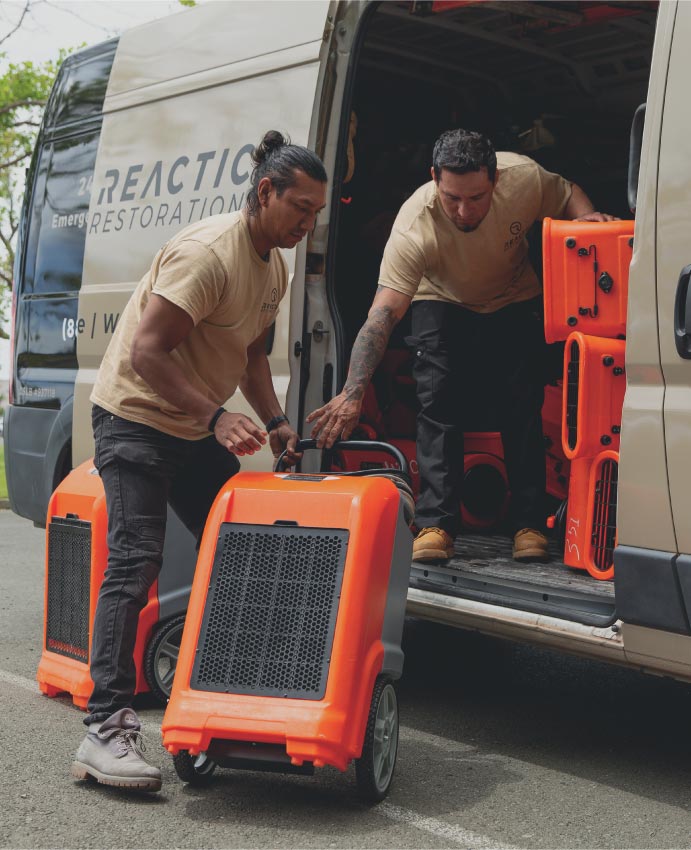
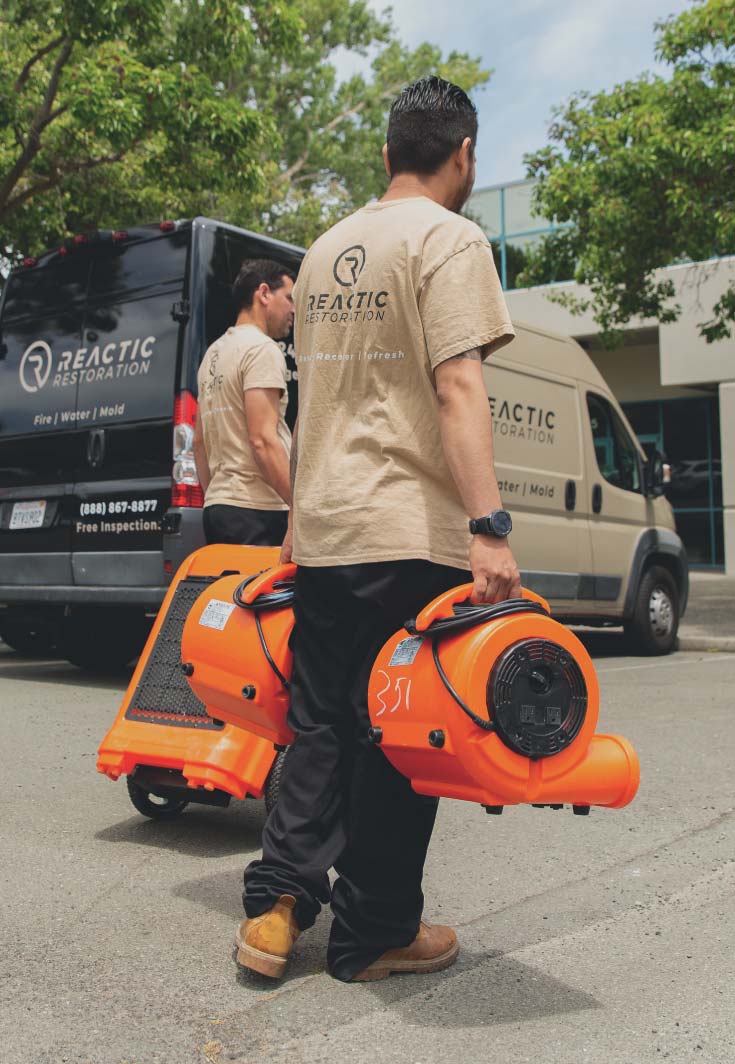
The moisture provided by the damage can affect the different types of floor in various ways. As such, the normal moisture content in a wooden floor may change between 6% and 12%. On the other hand, a flooded floor may acquire up to 40% of moisture content, which can be retained well above the normal level of moisture for a couple of weeks if it is left to dry on its own. In this situation, the nails on the wood may begin to loosen, where the glue may cause a separation between the other pieces of flooring, and the groove and the tongue may even cup or buckle when the moisture has been soaked.